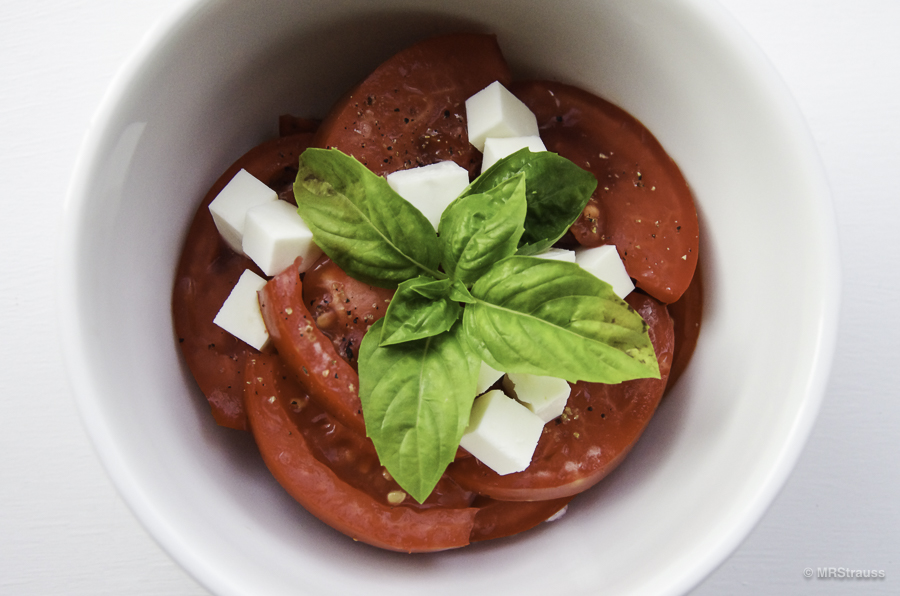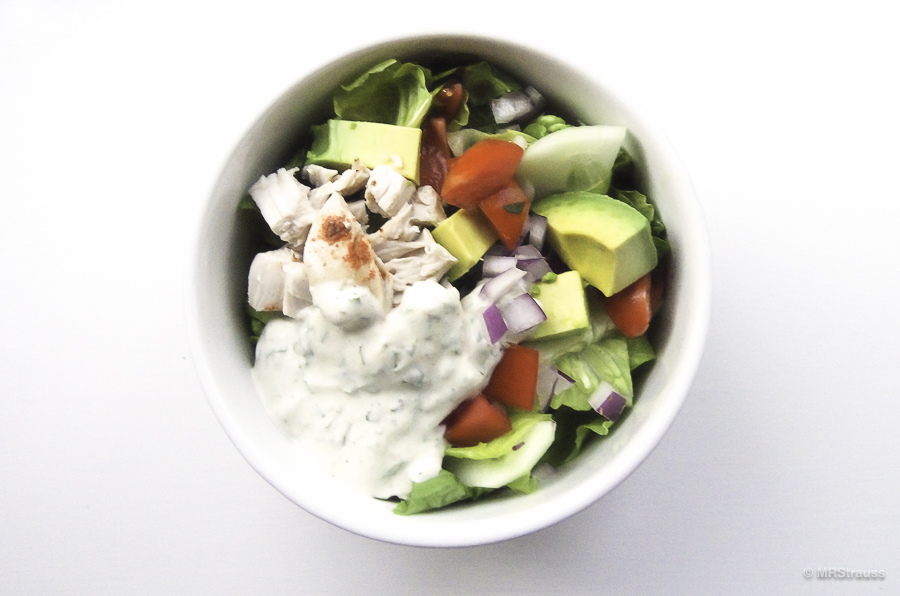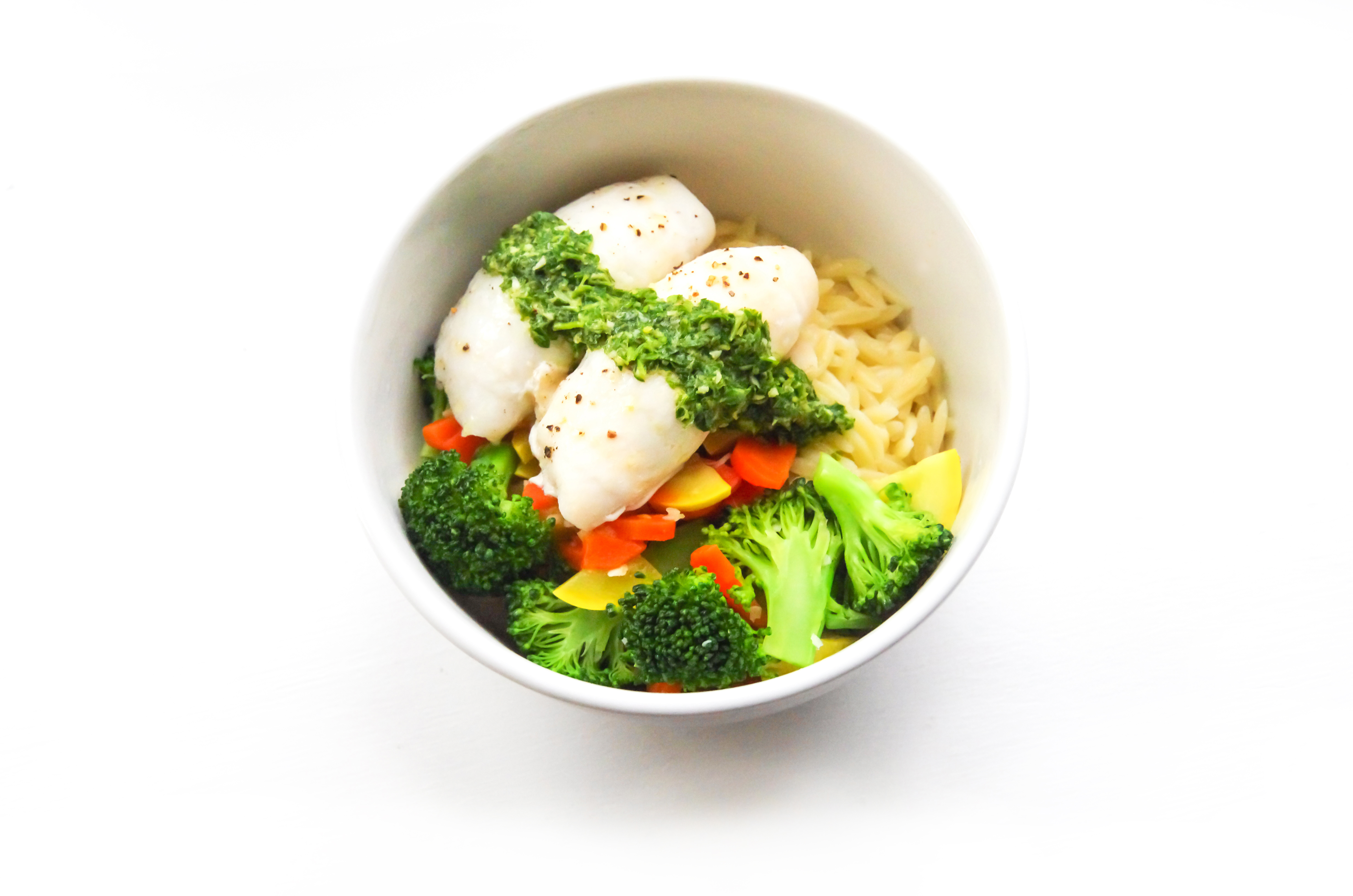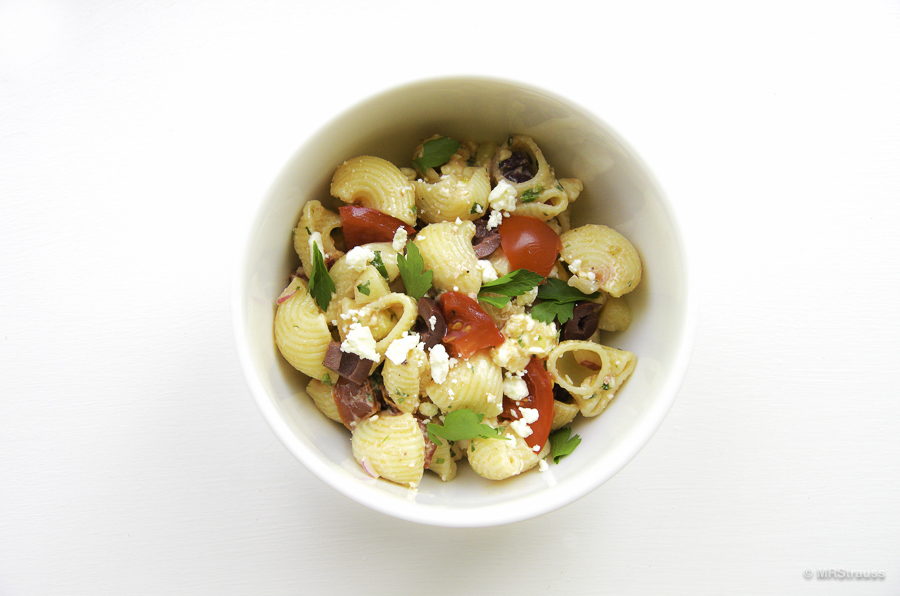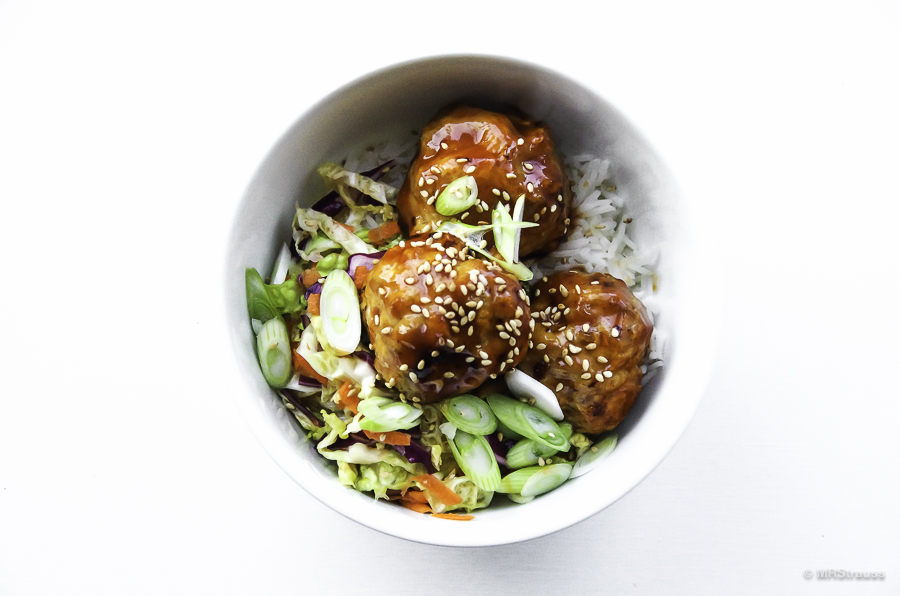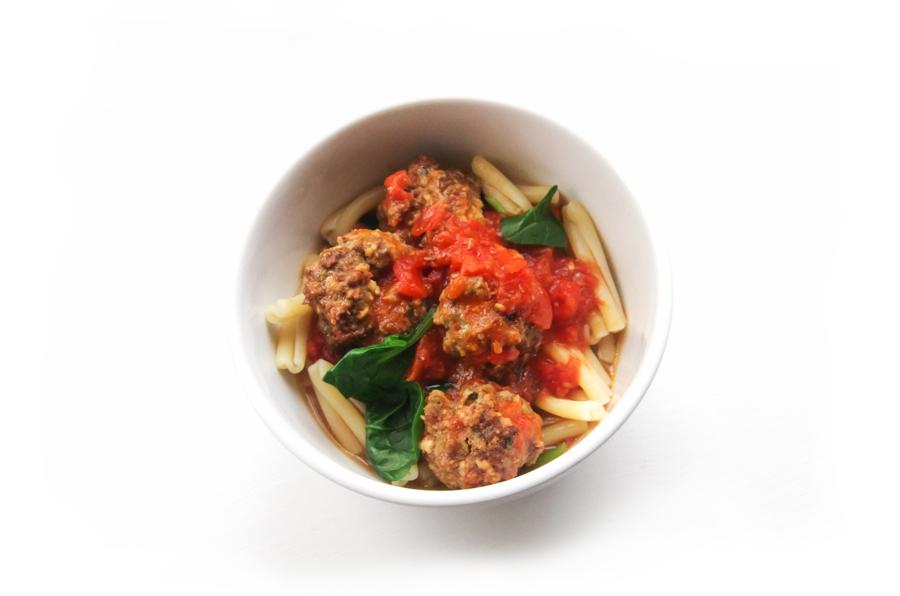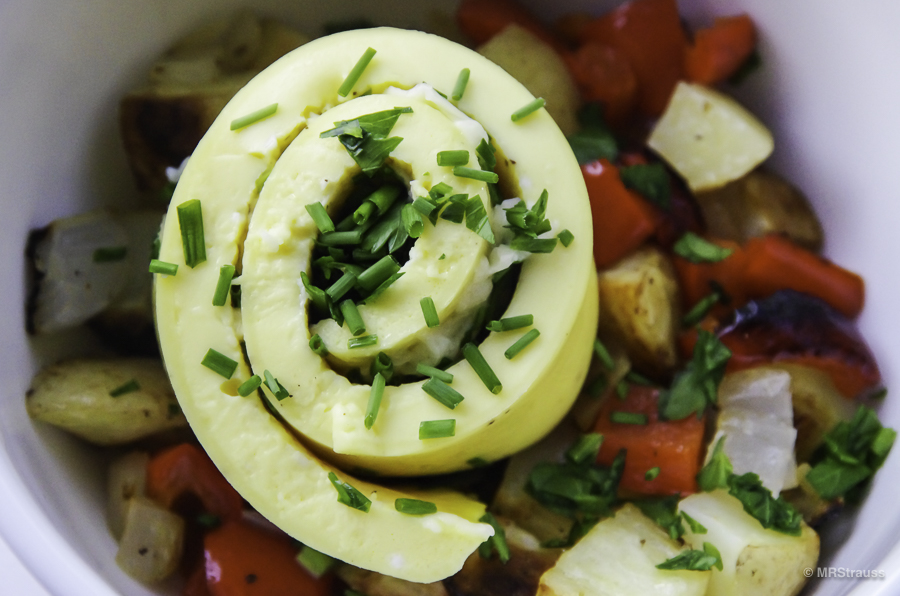
A very loose version of the Japanese rolled omelette.
Potato options: You don’t even have to use potatoes, you could just do just vegetables— maybe peppers, eggplant, and onions? They wouldn’t need as much time to roast. You can also add other root vegetables, like carrots or parsnips, different onions, any color of peppers— I think I will try orange peppers next time.
Egg options: Any kind of cheese or herbs that you like would work. I find that I like it without the cheddar cheese, but everyone else wants it so I leave a little strip uncheesed.
For this four person version, you’ll need:
6 large or extra large eggs (organic ones usually have better color and flavor)
1 tablespoon of butter for greasing baking dish
1 cup of whole milk
1/4 cup of all-purpose flour
1 tablespoon Dijon mustard
6 or 8 or so Yukon Gold potatoes (depending on size)
1 large yellow onion
1 large red pepper
1/2 cup of parsley leaves (I don’t like the stems, so I pluck the leaves)
1/4 cup chives finely chopped
1/2 shredded/grated cheddar cheese
Salt, ground pepper, olive or canola oil
Optional: sea salt flakes, fresh cracked pepper
Cooking equipment I used:
10×15 Pyrex baking dish
Parchment paper
13×18 sheet pan for the potatoes and vegetables (I use a non-stick one)
Arrange the shelves in the oven so one is just below the center and one above with enough room on the center shelf for the baking dish with the eggs. Get the oven going at 375º. Put as many potato cubes—I use Yukon Gold and leave the skin on—yellow onions, and red pepper as you want in a bowl. I have been cutting everything into cubes somewhere around a half inch, but larger or smaller would work fine just the timing would be a little different. Toss the vegetables in some olive oil—or oil of your choice— and spread out on your baking sheet. Sprinkle with a little sea salt and fresh cracked pepper. Put in the oven on the top rack so it can get started. The potatoes will take around 45 minutes including browning. Set the bowls on the stove to warm.
Grease some sort of pan or oven-proof dish that is around 10×15 with butter and line with parchment paper. I use a Pyrex baking dish and I usually cut one piece of parchment about ten inches by twenty-three or four inches so it hangs down the sides. This will help you roll the omelette. In a large bowl, whisk together one cup of whole milk— soy or almond milk may work here but I’m allergic to them so I can’t say— with a quarter cup of flour by adding the milk slowly to the flour until it is blended. I used basic all-purpose flour but I’m sure other flours, such as rice flour, would work as well. Add six large eggs, a tablespoon of Dijon mustard, and around half a teaspoon each of salt and pepper. Whisk everything together. Pour the egg mixture into the parchment lined baking dish. When the potatoes have been in around 25 minutes, place the eggs on the middle rack. The eggs will go in for ten to thirteen minutes or so depending on how runny or firm you want your eggs to be. While the eggs are cooking, finely chop a bunch or handful of chives and then a similar amount of parsley. Shred the cheddar cheese if using.
When the eggs are ready, take them out and put the oven on broil to finish the potatoes. Here too it depends on your taste, I like to get them browned to the point where another thirty seconds or so and they would be ashes. And sometimes they do get burnt when you play it close like that. While this is happening, sprinkle the hot eggs with most of the chopped chives and grated cheddar cheese. Then you can lift the parchment up on one end to help you start to roll it. Don’t worry if it’s not tight enough— you can just re-roll it or leave it loose. Wrap the parchment around the roll to hold it together and let it rest. When the potatoes are ready, put some in each bowl and top with parsley. Then remove the parchment and slice of the egg like you would a jelly roll, put the egg on top of the potatoes and top with remaining chives; you can add other toppings if you want: more cheese, scallions, sriracha, ketchup, anything you can think of. If you have a bunch of people, you can put toppings out for folks to choose.
Copyright © 2015 MRuesen • All rights reserved

